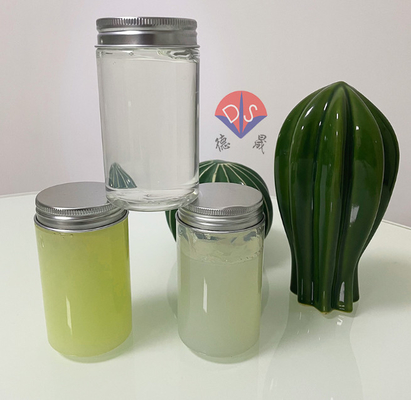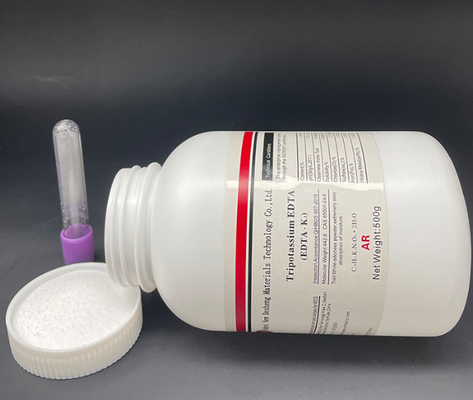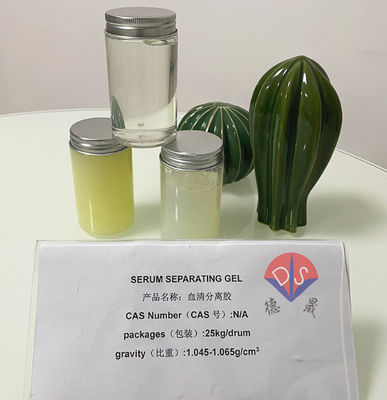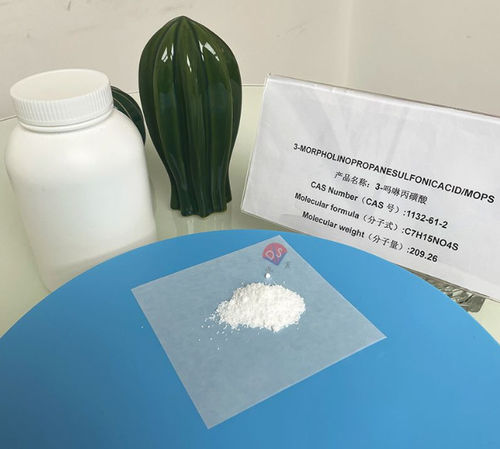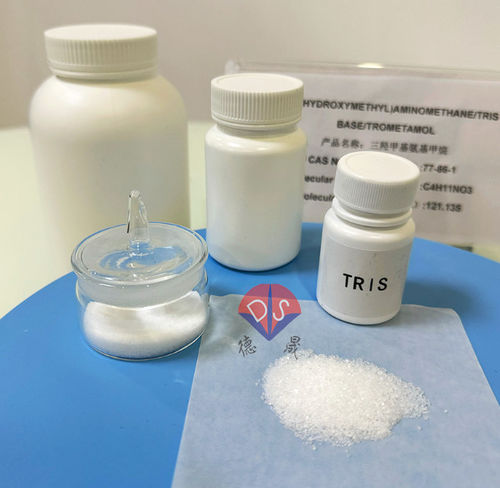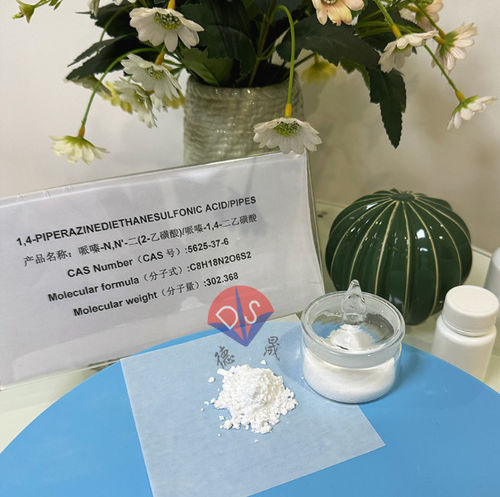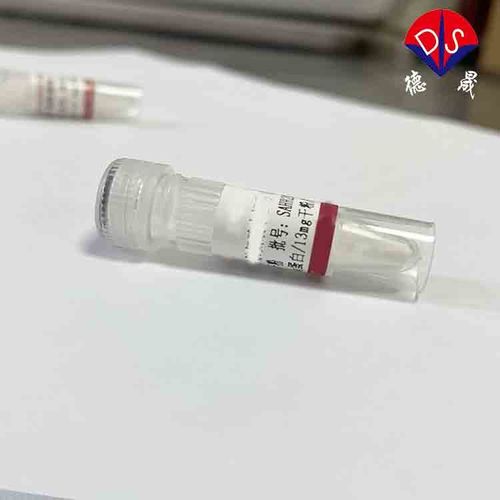Exploring MOPS sterilization: why high-pressure sterilization is not the best choice?
2025-06-03
In the laboratory of biochemistry and molecular biology, the name MOPS buffer(3-morpholinopropanesulfonic acid) may not be unfamiliar. As an excellent biological buffer, MOPS is widely used in many experiments such as cell culture, protein purification, enzyme activity determination, etc. due to its excellent buffering capacity, chemical stability, and mild impact on biomolecules. However, while enjoying the convenience brought by MOPS, how to correctly and safely sterilize it has become a small challenge that many researchers have to face. Today, let's unveil the mystery of MOPS sterilization and explore why high-pressure sterilization is not the best choice.
Imagine carefully preparing a series of experimental materials, including the crucial MOPS buffer. To ensure the purity and safety of the experiment, you naturally thought of the most commonly used sterilization method in the laboratory - high-pressure sterilization. After all, it is efficient, fast, and can almost kill all microorganisms, which sounds perfect. However, when you joyfully place the MOPS solution in a high-pressure sterilization pot, set the temperature and time, and wait for good news, an unexpected question quietly arises.
When the sterilization process is over, you eagerly open the sterilization pot, only to unexpectedly discover strands of yellow substance in the originally clear and transparent MOPS solution. They are like unwelcome guests, breaking the purity and harmony of the solution. At that moment, your mood may shift from anticipation to doubt, even mixed with a hint of unease. What exactly are these yellow products? What impact will they have on the experimental results?
In fact, this is exactly the "embarrassment" that MOPS encounters during high-pressure sterilization process. Countless laboratory experiences and lessons have silently told this fact: MOPS undergoes a series of complex chemical reactions under extreme conditions of high-pressure sterilization, leading to structural changes and the degradation of unknown yellow products. These products may not only change the pH value of the solution, affecting the buffering effect, but also have unpredictable effects on the biomolecules in the experiment, thereby interfering with the accuracy of the experimental results.
Faced with this challenge, scientists are not helpless. After countless attempts and explorations, they finally found a milder and more effective sterilization method - filtration method. The filtration method, as the name suggests, is a physical method that uses microporous membranes to trap microorganisms in a solution, thereby achieving sterilization. This method does not require high temperature and pressure, and has almost no effect on the chemical structure of MOPS, thus perfectly preserving its original biological activity and buffering performance.
When implementing filtration sterilization, simply slowly pass the MOPS solution through a specially designed microporous membrane, and the invisible microorganisms will be firmly blocked outside the membrane, while the pure MOPS solution will pass smoothly, continuing its scientific research mission. The entire process is simple and fast, ensuring sterilization effectiveness while avoiding MOPS degradation and discoloration, truly achieving a perfect combination of safety and efficiency.
On the path of scientific research, every detail is crucial. Choosing the correct sterilization method is not only a responsibility for the experimental results, but also a respect for the scientific spirit. Next time you face MOPS, remember this tip: Although high-pressure sterilization is good, MOPS prefers filtration. Keep every drop of MOPS pure and vibrant, adding peace of mind and security to your research journey.
Desheng is a professional manufacturer of biological buffering agents, established for more than ten years. It has rich experience in research and development, production, and product knowledge, and can provide customers with a large amount of technical support and after-sales guarantee. The biological buffer products currently produced include MOPS, TRIS, HEPES, TAPS, CAPS, BICINE, EPPS, PEP and a series of other biological buffer solutions. If you need them, please feel free to contact us at any time!
Read More

 Your message must be between 20-3,000 characters!
Your message must be between 20-3,000 characters! Please check your E-mail!
Please check your E-mail!  Your message must be between 20-3,000 characters!
Your message must be between 20-3,000 characters! Please check your E-mail!
Please check your E-mail! 





